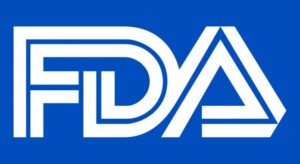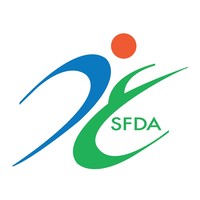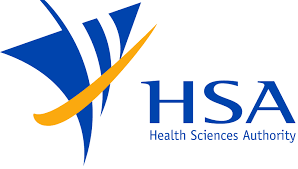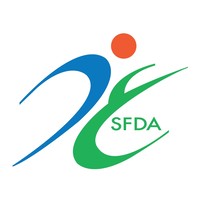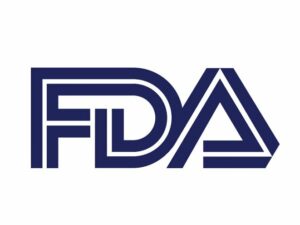The article provides a general overview of the guidance document issued by the US authority and highlights the key points related to the existing legal framework.
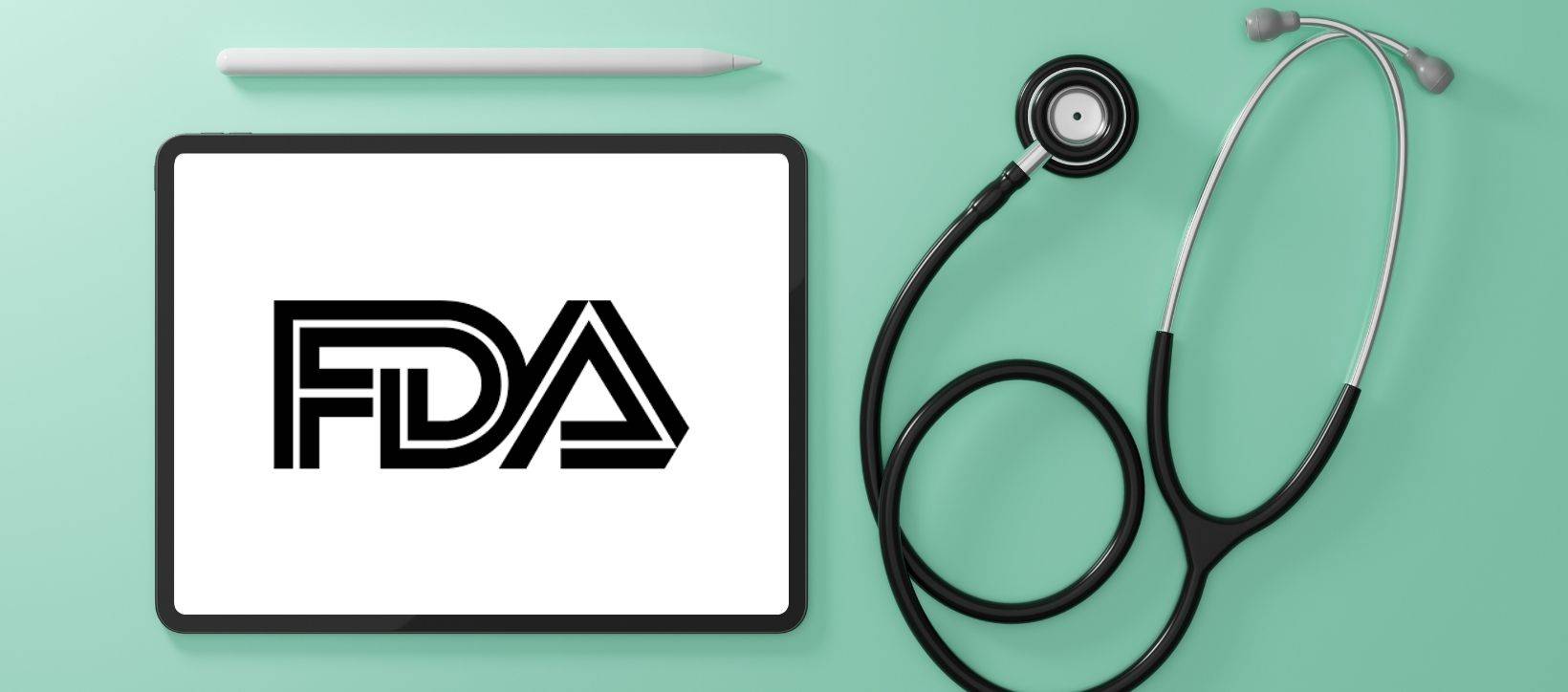
Table of content
The Food and Drug Administration (FDA or the Agency), the US regulating authority in the sphere of healthcare products, has published a guidance document dedicated to assessing the credibility of computational modelling and simulation in medical device submissions.
The document describes the applicable regulatory requirements and also provides additional clarifications and recommendations to be taken into consideration by medical device manufacturers and other parties involved to ensure compliance thereto.
At the same time, the authority explicitly states that provisions of the guidance and recommendations provided therein are non-binding in their legal nature, nor are they intended to introduce new rules or impose new obligations.
Moreover, an alternative approach could be applied, provided such an approach is in line with the respective legislation and has been agreed with the authority in advance.
Introduction and Purpose
The Food and Drug Administration has developed the present comprehensive guidance to assist both industry professionals and FDA staff in evaluating the credibility of computational modelling and simulation (CM&S) used in medical device premarket submissions.
This includes a range of submissions under different frameworks such as Premarket Approval (PMA), Humanitarian Device Exemption (HDE) Applications, Investigational Device Exemption (IDE) Applications, Pre Market Approval Applications[510(k)], and De Novo classification requests.
Additionally, this guidance applies to the qualification of Medical Device Development Tools (MDDTs).
The focus of this guidance is on defining and assessing the credibility of computational models, which is crucial for gaining trust in their predictive capabilities.
The guidance aims to enhance the use of CM&S in regulatory submissions, improve review consistency and transparency, and facilitate better interpretation of CM&S credibility evidence by FDA staff.
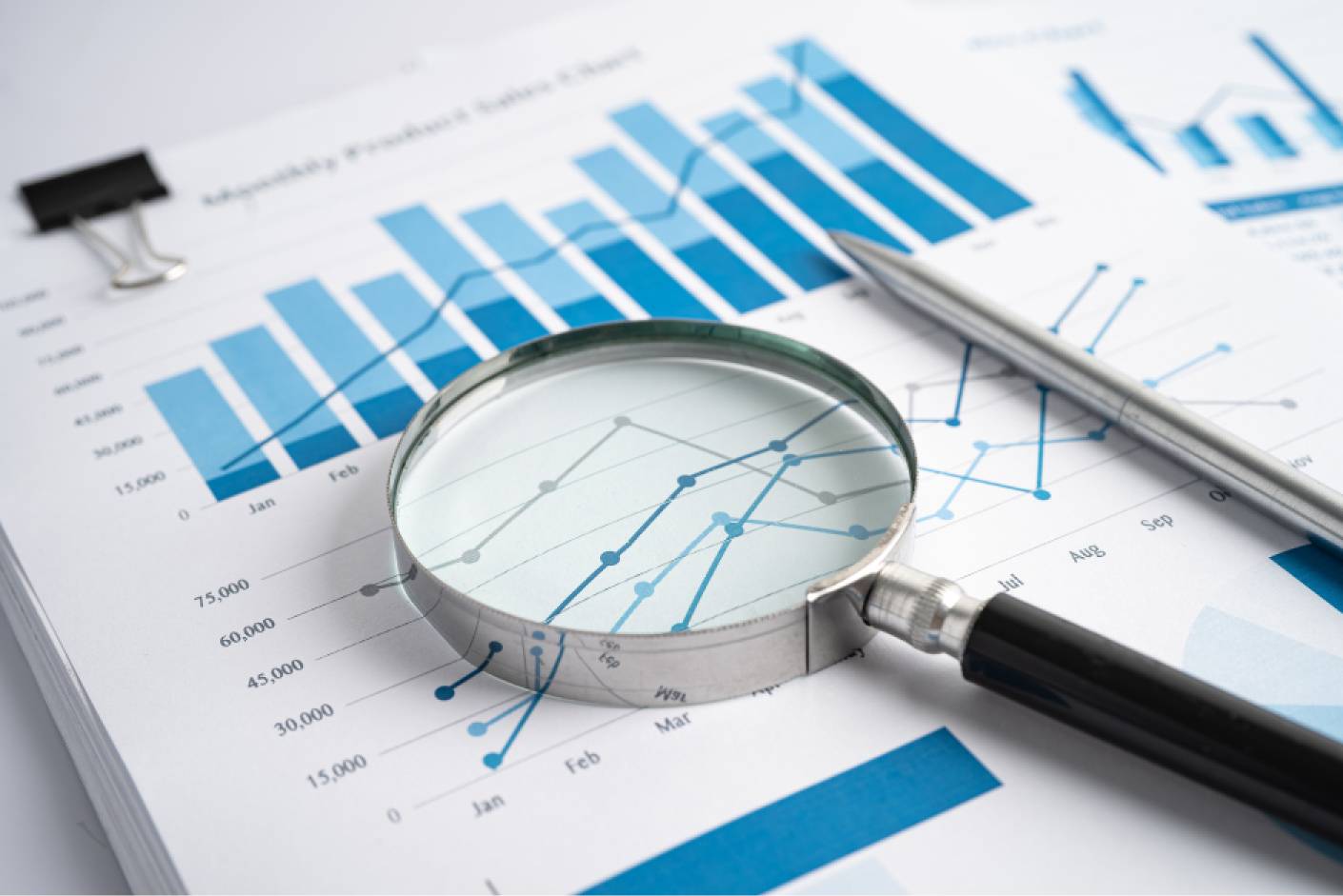
Background and Current Usage
The utilization of CM&S, also known as in silico methods, is facing rapid development nowadays.
CM&S offers significant benefits in medical device development, such as streamlining the development process and reducing the burdens associated with premarket device evaluation.
It also provides critical information that may not be obtainable through traditional in vivo or in vitro assessments, including the detection of serious and unexpected adverse events.
The growing interest in CM&S in the medical device sector necessitates the development of consistent and transparent processes for conducting and reviewing CM&S activities.
The guidance outlines several potential applications of CM&S, including in silico device testing, its use within medical device software, in silico clinical trials, and as a basis for qualified tools in the Medical Device Development Tools (MDDT) Program.
Methodology and Credibility Assessment
According to the guidance, for a CM&S to be considered credible, it must undergo rigorous verification, validation, and uncertainty quantification processes.
The guidance references the FDA-recognized standard American Society of Mechanical Engineers (ASME) V&V 40, which provides a risk-informed framework for assessing these activities.
However, the guidance also acknowledges the need for a more general framework that incorporates different types of credibility evidence, recognizing that traditional validation evidence might not always be feasible or applicable.
Scope and Applicability
The guidance is intended for first principles-based models, such as those used in electromagnetics, fluid dynamics, and other areas, and is not directed at standalone statistical or data-driven models like machine learning or AI-based models.
It also clarifies the distinction and potential overlap between first principles-based models and statistical/data-driven models, noting that hybrid models may require additional considerations.
The authority additionally emphasizes that the present guidance does not provide specific methodologies for modelling studies but focuses on planning and reporting for credibility assessment.
The FDA further encourages manufacturers to seek feedback through the Q-submission process for specific uses of CM&S and to utilize this guidance in conjunction with other device-specific documents and FDA-recognized standards.
Recommendations and Guidance Usage
The document serves as a set of recommendations rather than legally enforceable responsibilities, outlining the FDA’s current thinking on CM&S in medical device regulatory submissions.
It aims to guide manufacturers in submitting CM&S credibility evidence and stresses the importance of seeking FDA feedback for specific device applications.
The guidance is designed to be flexible, acknowledging the evolving nature of CM&S methodologies and the diversity of applications within the medical device industry.
Conclusion
In summary, this FDA guidance provides a comprehensive, risk-informed framework for assessing the credibility of CM&S in medical device premarket submissions.
It seeks to standardize and clarify the processes for evaluating CM&S, thereby facilitating more effective and safer medical device development.
How Can RegDesk Help?
RegDesk is a holistic Regulatory Information Management System that provides medical device and pharma companies with regulatory intelligence for over 120 markets worldwide. It can help you prepare and publish global applications, manage standards, run change assessments, and obtain real-time alerts on regulatory changes through a centralized platform. Our clients also have access to our network of over 4000 compliance experts worldwide to obtain verification on critical questions. Global expansion has never been this simple.
Want to know more about our solutions? Speak to a RegDesk Expert today!
-->- SEO Powered Content & PR Distribution. Get Amplified Today.
- PlatoData.Network Vertical Generative Ai. Empower Yourself. Access Here.
- PlatoAiStream. Web3 Intelligence. Knowledge Amplified. Access Here.
- PlatoESG. Carbon, CleanTech, Energy, Environment, Solar, Waste Management. Access Here.
- PlatoHealth. Biotech and Clinical Trials Intelligence. Access Here.
- Source: https://www.regdesk.co/fda-guidance-on-assessing-the-credibility-of-computational-modeling-and-simulation-introduction/
- :has
- :is
- :not
- 120
- 40
- a
- About
- access
- activities
- Additional
- Additionally
- administration
- advance
- adverse
- agency
- agreed
- aims
- alerts
- also
- alternative
- always
- American
- an
- and
- applicable
- applications
- applied
- applies
- approach
- approval
- ARE
- areas
- article
- AS
- Assessing
- assessment
- assessments
- assist
- associated
- At
- authority
- basis
- BE
- been
- benefits
- Better
- between
- both
- but
- by
- CAN
- capabilities
- centralized
- change
- Changes
- classification
- clients
- Clinical
- clinical trials
- Companies
- compliance
- comprehensive
- computation
- computational
- concepts
- conclusion
- conducting
- conjunction
- consideration
- considerations
- considered
- consistent
- could
- Credibility
- credible
- critical
- crucial
- Current
- data-driven
- dedicated
- defining
- definitions
- designed
- Detection
- developed
- Development
- development tools
- device
- different
- directed
- distinction
- Diversity
- document
- documents
- does
- drug
- dynamics
- Effective
- emphasizes
- encourages
- enforceable
- Engineers
- enhance
- enhancements
- ensure
- evaluating
- evaluation
- events
- evidence
- evolving
- existing
- expansion
- expert
- experts
- explicitly
- facilitate
- facilitating
- facing
- fda
- feasible
- feedback
- First
- flexible
- fluid
- Fluid dynamics
- Focus
- focuses
- food
- Food and Drug Administration
- For
- Framework
- frameworks
- from
- further
- gaining
- General
- Global
- global expansion
- Growing
- growing interest
- guidance
- guide
- Have
- healthcare
- help
- highlights
- holistic
- HTTPS
- Hybrid
- importance
- impose
- improve
- in
- includes
- Including
- incorporates
- industry
- information
- Intelligence
- intended
- interest
- interpretation
- into
- introduce
- Introduction
- involved
- Issued
- IT
- ITS
- jpg
- Key
- Know
- known
- learning
- Legal
- legal framework
- legally
- Legislation
- like
- Line
- machine
- machine learning
- manage
- management
- management system
- Manufacturers
- Market
- Markets
- max-width
- May..
- mechanical
- medical
- medical device
- methodologies
- methods
- might
- modeling
- modelling
- Modelling and simulation
- models
- more
- must
- Nature
- Need
- network
- never
- New
- nor
- notification
- noting
- Novo
- obligations
- obtain
- of
- Offers
- on
- or
- Other
- our
- outlines
- outlining
- over
- overview
- parties
- Pharma
- planning
- platform
- plato
- Plato Data Intelligence
- PlatoData
- points
- potential
- predictive
- Prepare
- present
- process
- processes
- Products
- professionals
- Program
- provide
- provided
- provides
- publish
- published
- qualification
- qualified
- quantification
- Questions
- range
- rapid
- rather
- real-time
- recognizing
- recommendations
- reducing
- references
- regulating
- regulatory
- related
- Reporting
- require
- Requirements
- respective
- responsibilities
- review
- reviewing
- rigorous
- rules
- Run
- s
- safer
- same
- sector
- Seek
- seeking
- Seeks
- selecting
- serious
- serves
- set
- several
- significant
- Simple
- simulation
- Society
- Software
- Solutions
- Source
- speak
- specific
- Sponsored
- Staff
- standalone
- standard
- standards
- States
- statistical
- streamlining
- studies
- Submissions
- such
- SUMMARY
- system
- taken
- Testing
- than
- that
- The
- their
- thereby
- therein
- These
- they
- Thinking
- this
- those
- Through
- time
- to
- tools
- traditional
- Transparency
- transparent
- trials
- Trust
- types
- Uncertainty
- under
- undergo
- Unexpected
- us
- use
- used
- uses
- utilize
- validation
- Verification
- vivo
- want
- which
- with
- within
- worldwide
- you
- zephyrnet

